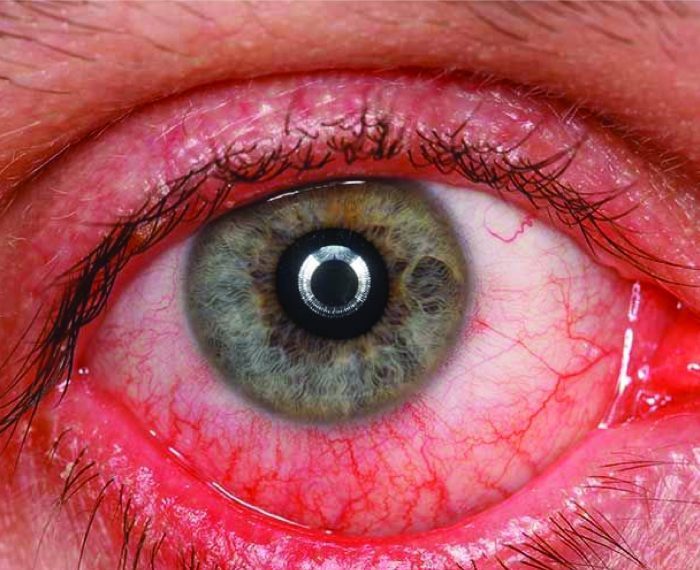
Retinal Disease
Retinal Disease – Retinal Detachment
The retina is the inner most layer of the eye and is the imaging centre.
Located at the back where the optic nerve is, the retina is responsible for turning light into nerve signals from the back wall of the eye to the area of the brain responsible for sight.
Conditions that can affect your retina (e.g. ageing, chronic diseases like diabetes and trauma to the eye) may lead to vision loss.
THONEH’s Consultant Ophthalmologists are well experienced in treating various retinal conditions to prevent vision loss. They are experts in their field using the latest technologies and best practices for diagnosis and management of these conditions.
RETINAL DETACHMENT
What is retinal detachment?
Retinal detachment is the separation of the retina from its attachment on the back wall of the eyeball. It can cause the retina to lose its function or be damaged, and can lead to partial or complete loss of vision.
Causes and risk factors for retinal detachment are:
- Ageing – more common in people over the age of 50
- Extreme myopia (near-sightedness)
- Family history of retinal disease or detachment
- Previous or current severe injury to the eye
- Previous eye surgery such as cataract removal
- Advanced diabetes
- History of other eye disease or severe inflammation of the eye
What are the signs and symptoms of retinal detachment?
The symptoms and signs of retinal detachment are:
- Frequent flashes of light, especially from the sides
- Seeing floaters
- Blurred vision
- Partial loss of vision like a curtain closing down

